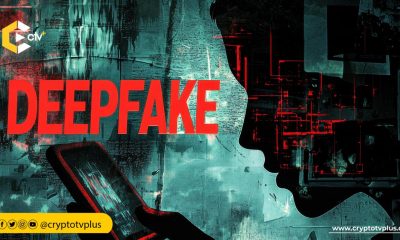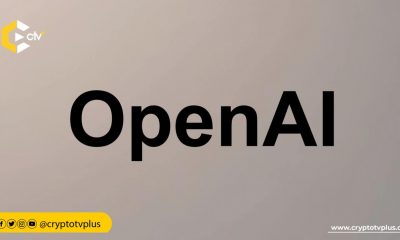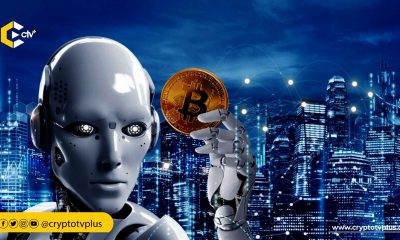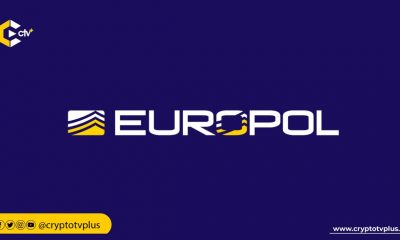Education
How AI is changing the NFT Market: opportunities & risks
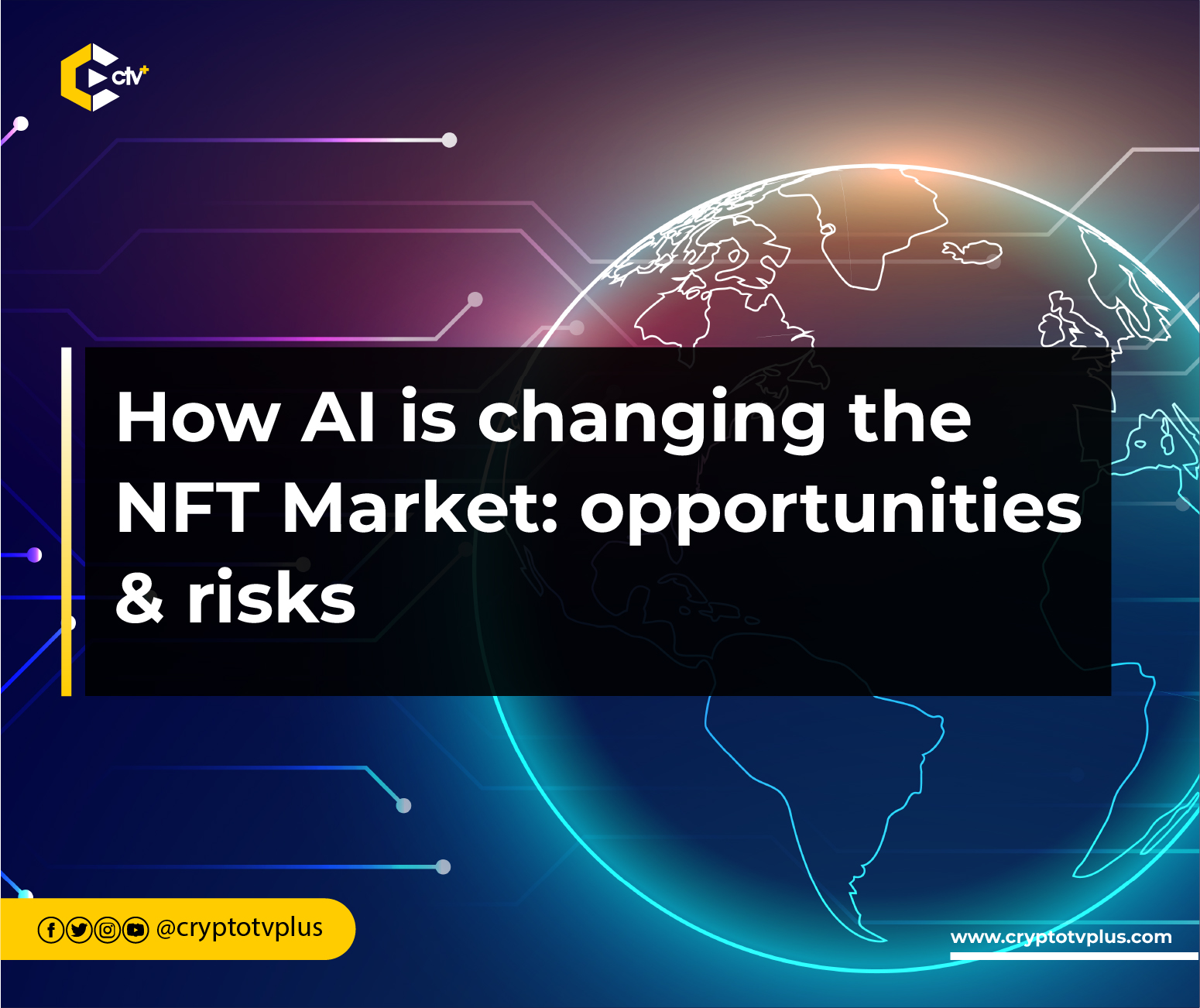
An increasing number of innovative use cases are contributing to the global non-fungible token (NFT) market’s exponential growth. According to BlueWeave Consulting, this market is set to surpass $20 billion by 2028, compared to $4.36 billion in 2021.
The versatility of NFTs has been instrumental in driving their adoption, with new use cases emerging rapidly. Originally conceived as tokenized artwork, NFTs are now gaining popularity in gaming and real estate, among other fields. They’re even being used to create educational certificates by institutions such as the University of Nicosia.
In fact, the NFT market continues to expand as new standards, such as the BRC-20, come to fruition. The BRC-20 standard allows the creation of Ordinals, NFTs built on the Bitcoin network, which was unthinkable before. To add to this, AI has made its way into the world of NFTs, opening up even more possibilities for the future.
Artificial Intelligence and the NFT Market
The impact of AI in the NFT market cannot be overlooked. The technology enables artists to mint unique and valuable NFTs by generating images, videos, and even music. Authentication is also made easier with AI, which can quickly verify the provenance of NFTs and ensure buyers are investing in authentic digital assets. With its ability to efficiently analyze trends and data, AI also opens up new possibilities and opportunities for NFT creators.
Platforms such as Craiyon and Midjourney are being used as generative AI tools to create NFTs in today’s world. NFT projects that have been created using AI tools include Entropy Cards by NA1, Artsy Monke collection, and the Botto project.
Opportunities arising from AI in the NFT market
The intersection of AI and NFTs offers many opportunities for creating enhanced products for end-users. Below are just a few examples:
AI-based recommendation for better user experience
NFT discovery and the user experience can be transformed through AI-based recommendation systems. How so? By suggesting NFTs that align with the user’s taste for starters, saving them time and sparing the need for manual search.
Plus, these recommendations can be linked to trending NFTs and those with the most favorable floor prices, resulting in cost savings for the user. The integration of AI-based recommendation systems offers a tremendous opportunity to elevate the NFT discovery process.
AI-driven Valuation and Price discovery
NFT valuation and pricing can be significantly enhanced with the adoption of artificial intelligence (AI). By analyzing sales data, AI can recognize valuable insights and patterns that can be translated into accurate AI models that aid in predicting the future prices of NFTs.
Through streamlining and automating the valuation process, AI could greatly benefit NFT owners and investors in making informed decisions. Although it doesn’t employ AI, an excellent example of this is Rarity Tools, which analyzes historical sales data to identify patterns and trends in NFT prices.
AI-driven Content Creation
Artists can now automate the process of creating and selling NFTs with the help of AI. By training models on datasets of images, videos, or music, artists can generate new content similar to what they were trained on. A similar approach is leveraged by the platform Art Blocks, which simplifies the process for artists to create and sell generative art. Generative art refers to art created by AI algorithms. With the potential to save artists both time and money, the inclusion of AI-generated content has the potential to revolutionize the NFT market.
AI-enhanced security and authenticity for NFTs
AI can enhance the security, authenticity, and trustworthiness of NFTs by using algorithms for fraud detection. By analyzing vast amounts of transaction data across blockchain networks, machine learning can identify patterns or anomalies that suggest a fraudulent activity, protecting users from scams like fake auctions or unauthorized resales. Additionally, AI-powered systems can flag suspicious behavior associated with user accounts or stolen digital wallets containing valuable assets like rare art pieces sold as NFTs, alerting owners if someone tries accessing those wallets without authorization.
Increased revenue generation
One way is to track market trends and customer behavior, enabling artists to capitalize on popular patterns. This could range from analyzing the most sought-after collectibles to supporting artists in designing unique, one-of-a-kind NFTs that will drive sales. Traders can also leverage this to make better trades and earn more profit. Another use for artificial intelligence involves using image recognition models to enhance designs, which could increase sales while expanding into new markets like gaming assets.
Risks associated with AI in the NFT market
While AI can greatly benefit the growth of NFTs, there are equally legitimate concerns to keep in mind. Consider the following potential drawbacks:
Bias in AI algorithms
The development and use of artificial intelligence (AI) face a major hurdle in the form of bias. AI systems heavily rely on the data they are trained on, and biased data will inevitably result in biased decisions. This affects the creation of NFTs as well, which can inherently be biased too.
The bias in AI algorithms trained on a certain race, such as Caucasians, translates to the type of NFTs that are produced, which may not appeal to other races such as Asians and Africans.
Unequal Access to AI Technology
The rapid integration of AI technology and NFT platforms has the potential to widen the gap between the haves and have-nots. While AI offers an exciting opportunity to create unique NFTs, its unequal distribution could mirror the uneven access to the internet worldwide.
Moreover, the necessary infrastructure, such as a stable power supply, is often lacking in many developing countries. This further exacerbates the situation, leaving creators from these regions unable to harness the full capability of AI-based NFTs, which could further solidify the dominance of privileged individuals over the NFT creation space.
Copyright and plagiarism concerns for AI-generated NFTs
As AI systems continue to become more sophisticated, there are growing concerns about potential copyright infringement. If an AI system is trained on copyrighted data, it may unknowingly violate copyright laws, putting companies at risk of legal action. While there is still legal uncertainty around this emerging issue, new laws may soon be implemented to address these concerns, underscoring the need for companies to stay up-to-date on their legal obligations.
AI-based market manipulation
Unfortunately, some unscrupulous market participants may attempt to exploit AI to manipulate the NFT market, artificially driving up prices or creating panic by spreading false information. These actions create an unfair advantage for select investors and contribute to an unpredictable market as NFT prices fluctuate without any justifiable reason. Furthermore, these activities pose a serious reputational risk to the project or trader involved if exposed.
Vulnerabilities in AI-powered platforms, Privacy, and data security
AI systems collect personal data to train algorithms and make predictions. Integrating AI with an NFT platform poses a risk: the organization that owns the tool could misuse user data without consent. This could lead to unsolicited services being offered to users, compromising their privacy.
Again, since the relationship between AI and blockchain platforms remains in its early stages, there is an increased risk of vulnerability for users. This could lead to data breaches, where user information is unlawfully accessed from NFT marketplaces, and smart contract vulnerabilities, where hackers might exploit technical loopholes in a smart contract to steal NFTs.
Conclusion
Artificial Intelligence (AI) is poised to revolutionize the Non-Fungible Token (NFT) market. By personalizing user engagement, AI can enhance the customer experience on NFT platforms. It also enables creators to produce more complex and sophisticated art pieces or assets for trading as NFTs.
However, there are several risks associated with implementing new technologies like AI that must be taken into account by stakeholders in the industry. One of them is sustainability as it relates to the energy consumption of the machines that will power these processes. Balancing innovation with sustainability will be crucial in helping to manage these potential dangers while trying to push boundaries within this exciting new frontier.
Read also;
Do better, train AI to be better than humans – Snowden advises
Discord dives into the AI realm with new tools & applications



